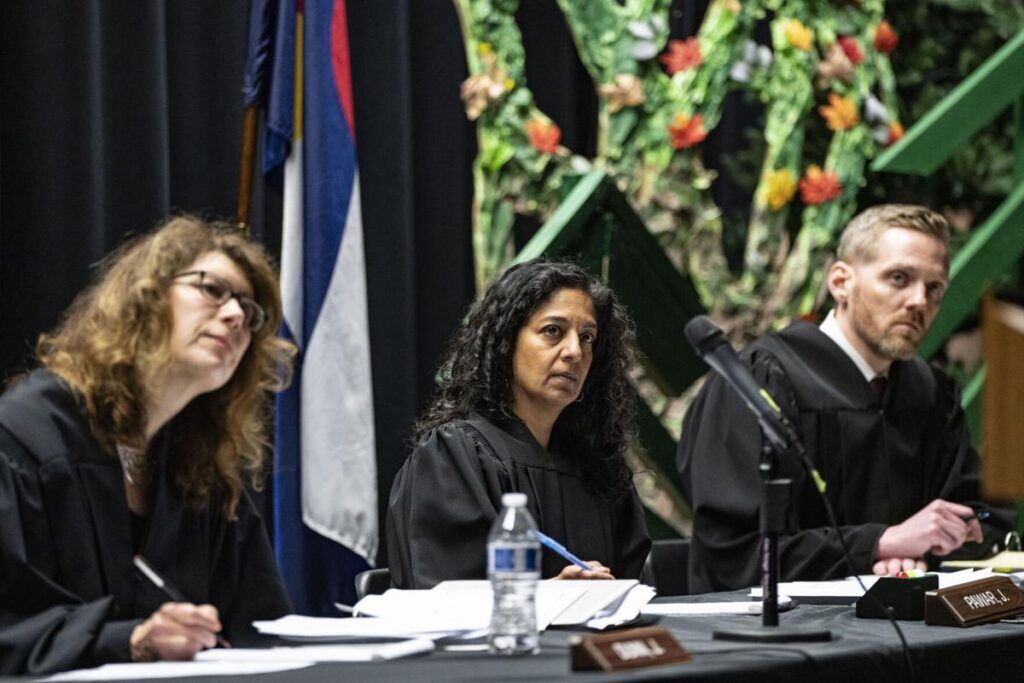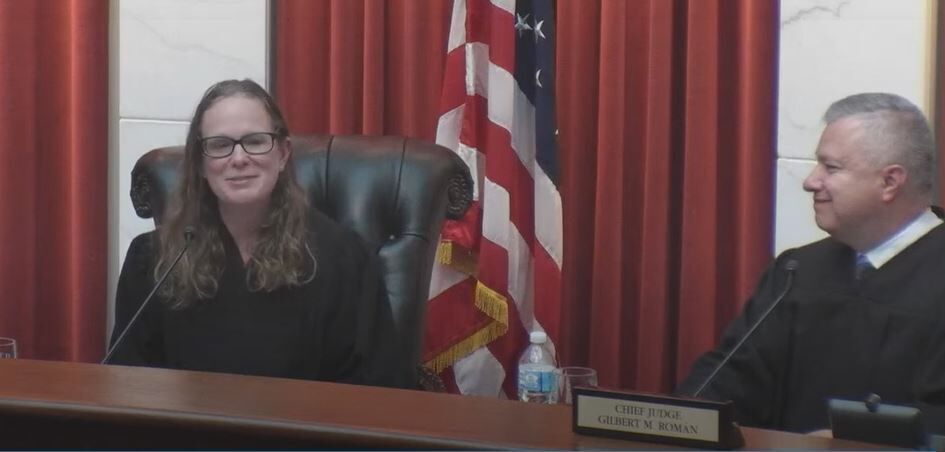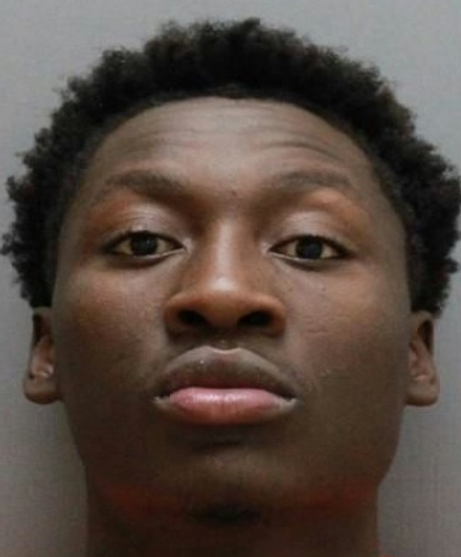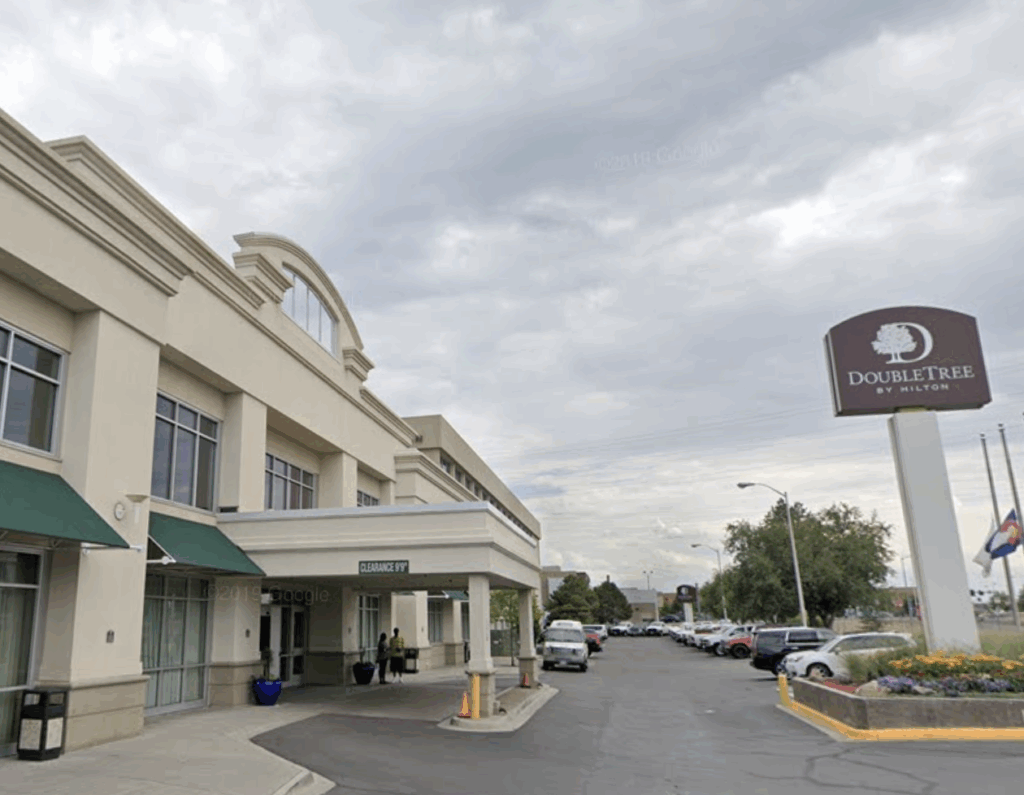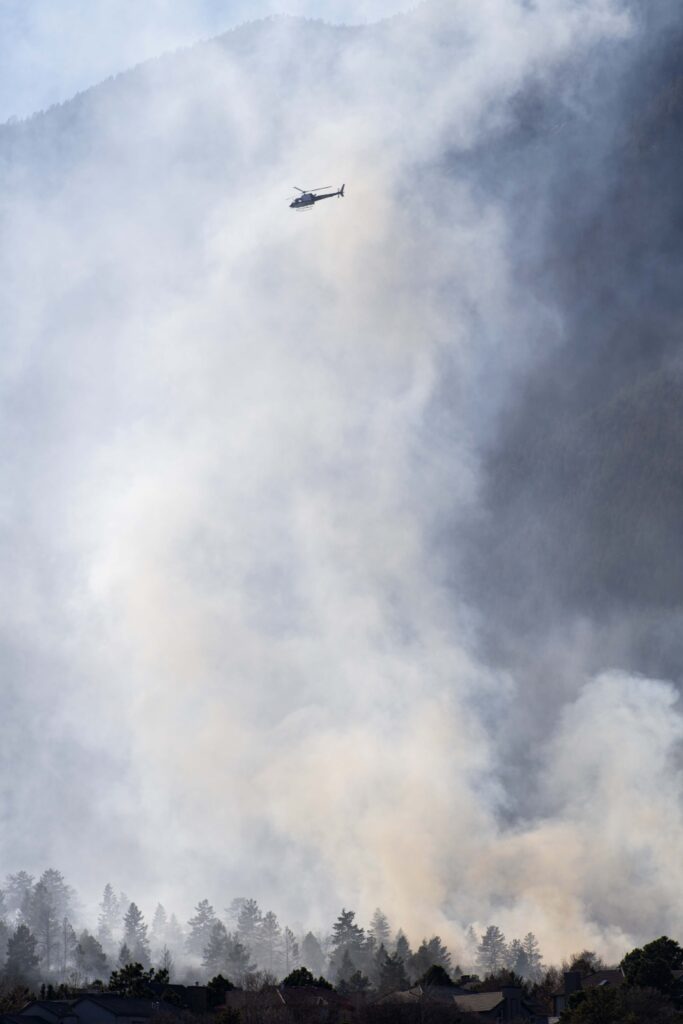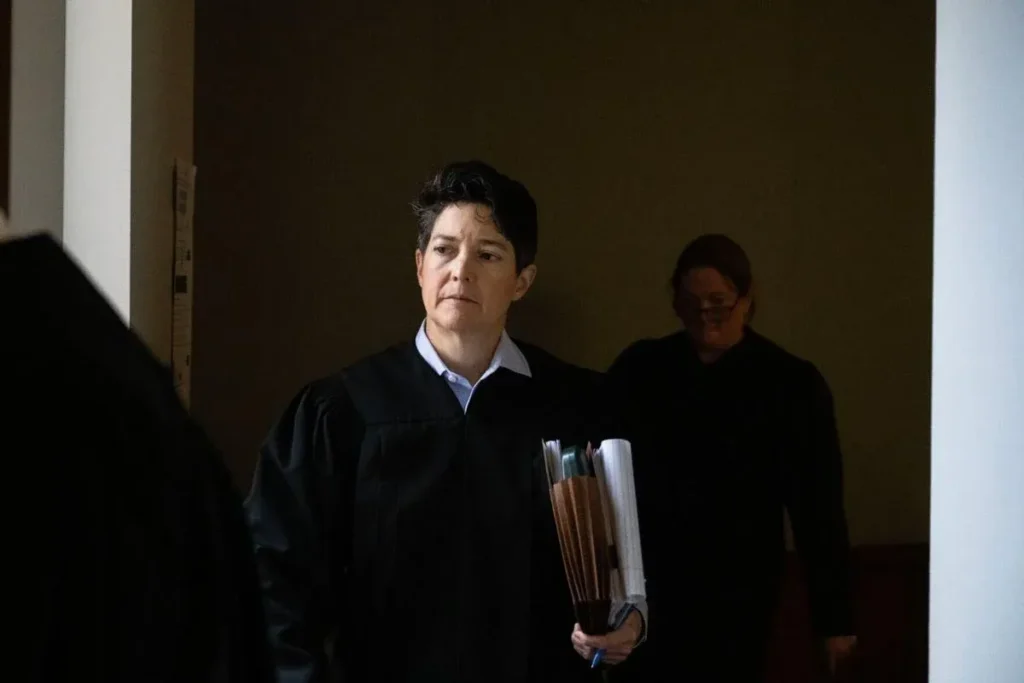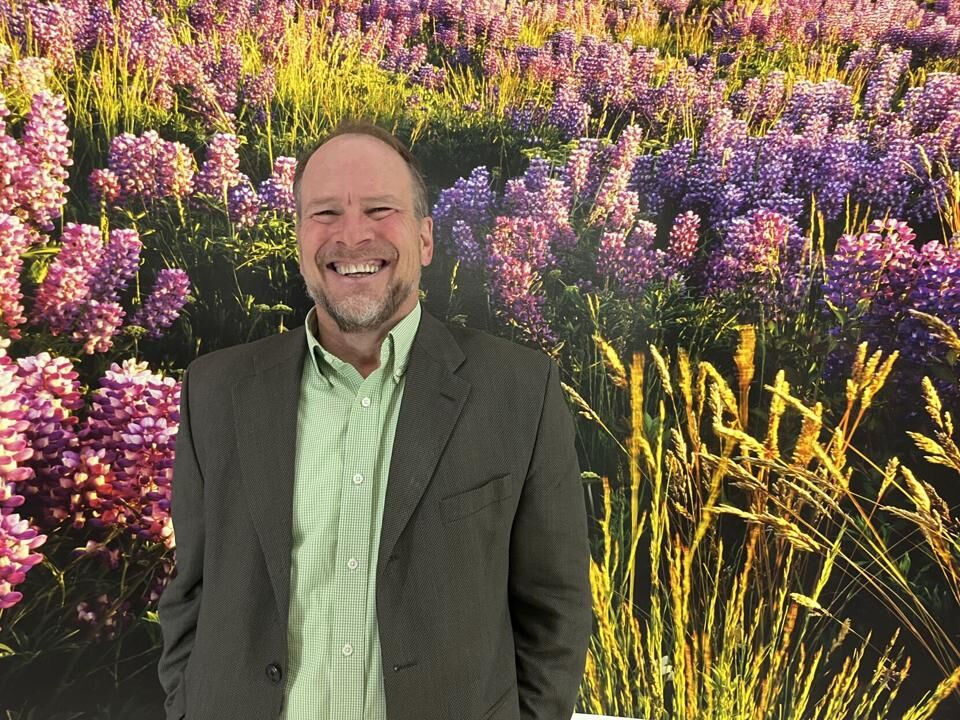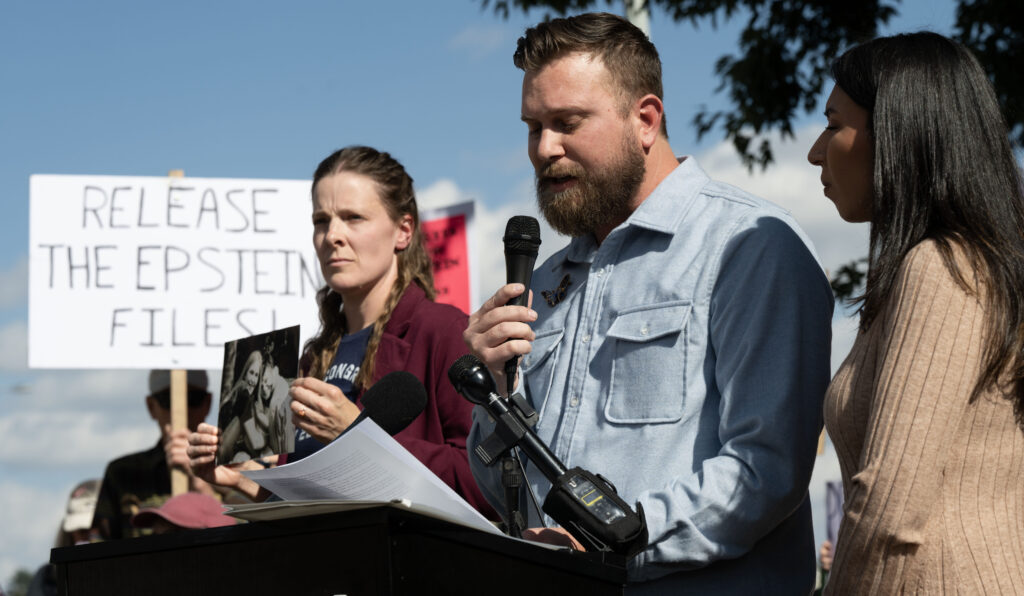Q&A with State Demographer Elizabeth Garner, retiring after 20 years in numbers
Elizabeth Garner, Colorado’s State Demographer, recently announced she will retire, effective Nov. 29. Garner’s work and commitment have significantly shaped the state’s demographic understanding and planning, leaving an indelible mark on Colorado’s development, according to a statement from the Department of Local Affairs, where the demography office is based.
According to DOLA, her career highlights include:
- Population projections: Garner’s accurate projections and analyses have been vital for planning in infrastructure, education, healthcare, and economic development.
- Data-driven policy: She made demographic data accessible, guiding public policy, economic strategies, and community planning statewide.
- Public engagement: Garner educated the public and officials, delivering over 800 presentations on Colorado’s demographic changes and its impact.
- Census leadership: Garner led Colorado’s Census efforts in 2010 and 2020, ensuring accurate counts and effective outreach.
- Economic insights: Her demographic analysis has supported workforce and economic development initiatives, identifying key trends and challenges.
Colorado Politics talked to Garner about what stands out for her over the past 20 years, the trends she’s seen and what the future holds.
A Colorado native, Garner has spent all but seven years in the Centennial State. The time away saw her spend three years in the Peace Corps in Costa Rica as well as earn a bachelor of science degree in business from the University of San Diego.
She came back to Colorado to earn a master of science degree in agricultural and [natural] resource economics from Colorado State University. She followed her education with 10 years as a research associate with CSU’s cooperative extension service.
She’s married with two adult children whom she called “recent launchers.”
Colorado Politics: How did you go from the Peace Corps and agricultural economics to being the state demographer?
Garner: It wasn’t that big of a transition. When I was at the CSU cooperative extension, working in the county information service, I ran a data office. We would prepare reports, presentations, tables and notebooks, filled with different data and information about counties. It was all kinds of topics; population and the economy were only one piece. We also would look at health outcomes and food security.
I felt really lucky when I applied and got this job. It was a very natural transition.
CP: What do you enjoy most about your job?
Garner: No day is the same. There’s a lot of variety; research, presentations, brainstorming, problem solving, every day is different.
The best part is the people. Folks I get to work with across the state, who are trying to solve problems for constituents, they’re great people. It’s great to meet and interact with local government employees, leaders, nonprofits, universities, all just trying to make a better Colorado.
CP: What does that look like on a day to day basis?
Garner: Every day is different. I started out this morning working on a presentation and report for next week, then I had a task force meeting at 10:30 looking on corporate ownership of housing, had an all staff meeting after that, then a call with a nonprofit looking at data and info on foreign-born refugees, then a call from the Next 50 (nonprofit foundation) funding transitional look at aging in Colorado.
I feel very fortunate because of the variety, but everything revolves around people, our characteristics, demographics are the core, but we’re very different people.
CP: What’s the biggest change in last 20 years?
Garner: From a practical point of view, technology is one of the biggest change. What we’re able to do with data and information, process and store it, has made us so much more efficient, we can do more. We still have the same number of staff that we had when I started. But we do twice as much work.
What we can put on the website [such as] different visualization tools, to tell the story, it’s available for people depending on what they like, tables, graphics, words, we’ve got it all.
Technology is a big shift.
For the demographic transition, two big things that have shifted: birth rates have totally slowed down, which started in mid 2000s. In 2007 we hit our peak birth, it’s slowing down ever since. It’s a fundamental shift in population growth. It’s affecting everything, impact on K-12, and it will have a real impact on labor force, we will see that soon.
On top of that, the other big shift is the aging of the population. We knew that the whole time, it wasn’t a surprise. We saw it decades ago, with baby boomers being the first large group and with such a big impact on labor force. They’re aging into retirement, also creating a significant shift in communities.
CP: Where is Colorado as a destination state?
Garner: It ebbs and flows, with time and economic opportunity or slowdown. The last big significant boom in migration was in the 1990s and the early 2000s. It started then to slow down. We were a low cost place in the 1990s and 2000s, and then prices appreciated.
We were still a net end migration state, and not all states are net end migration. We were in the top five, and then the top 10. Now we’re top 20. We’re still a destination, just not the large numbers we used to see for decades.
CP: I’ve listened to the population forecast for 2050, especially as it impacts water. How has that changed?
Garner: Our forecast for 2050 has definitely declined over the time I’ve been in this position. As early as 2006, our forecast for 2050 was close to just shy of 9 million. In the water communities, they were doing different scenarios, some as high as 10 million for 2050. Our forecast didn’t go that high, but one of the Colorado Water Conservation Board’s high growth scenarios was that high.
We’ve seen these things such as a huge decline in birth rates, the great recession, so people just didn’t move like they used to. First there was the dot.com bust in 2003 and 2004, that slowed Colorado down. The great recession slowed us down. Then there was COVID.
Our forecast for 2050 to 7.4 million, a million and a half lower. But the largest share of that is the slowdown in births. It’s compounding, if people are not born, they can’t give birth.
CP: What’s the toughest part of being state demographer?
Garner: The communication component because we look at the world a little bit differently. Trying to communicate and explain it is difficult. One of the biggest questions is why we need to grow at all. I appreciate that, but it gets detailed fast. There’s age distribution, the number of people dying is increasing, so in order to stay neutral you’d have to have more births, and we’re not having more births.
Fertility rate is 1.5, replacement is 2.1. If there weren’t migration we would see a total decline in a lot of things, labor force for example.
We’ve get the boomers and the millennials, not an even age distribution. We used to have 30-year-old boomers, now we have 60 year-old boomers. Millennials are now 30. They’re aging through the spectrum and it’s a highly mobile age.
If we had no migration between now and 2030, we would still see population growth, but we’d see a total decline in all age groups younger than 54. The only growth would be in the 65 plus and that has a huge impact on labor force.
It’s hard working with people and communicating with people with different experiences. For example, land use planning, they’re not economists, they’re thinking about optimal land use, what we need to do is all high-density multifamily. Who do you know wants that? There’s a difference between consumer preferences, economics, versus planning ideals.
CP: What’s next for you?
Garner: I’m definitely taking off some time. Working gets in the way of traveling!
She plans to do some traveling and then return to do consulting or contracting and volunteering.
CP: What’s on your bucket list?
Garner: I’m a total numbers geek, but I’m very interested in gardening, I want to work on canning, vinegars, I love flowers, I want to experiment there.
I’m very interested in refugees and foreign-born, I’m looking at ways to help them make the transition so they can more easily get language acquisition and job placements.
Travel plans include Western Europe, the Christmas Market Krampus and skiing. Also planning to visit South America, revisiting Central America and we haven’t hit Asia or Africa yet. A safari would be interesting, and we’re looking at an excursion down the Nile.


